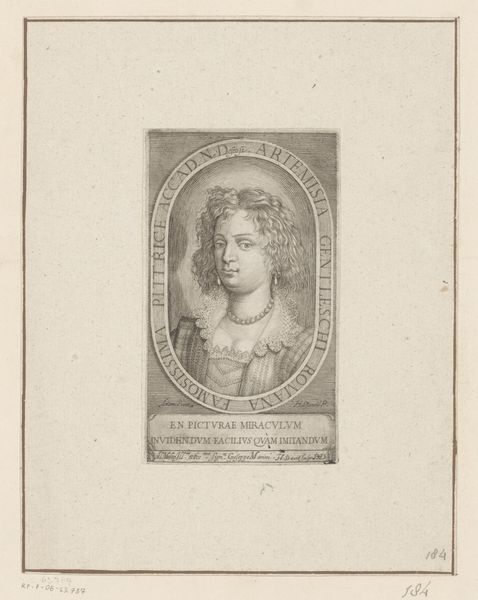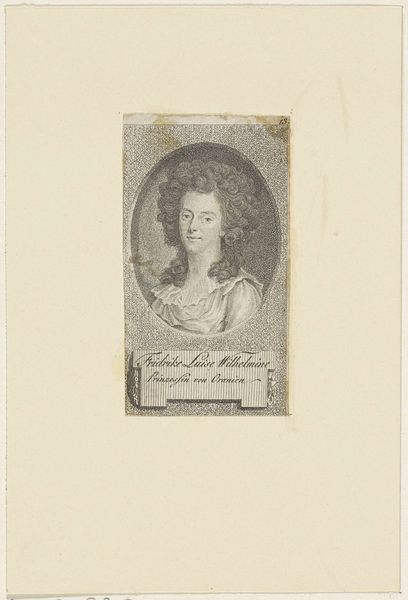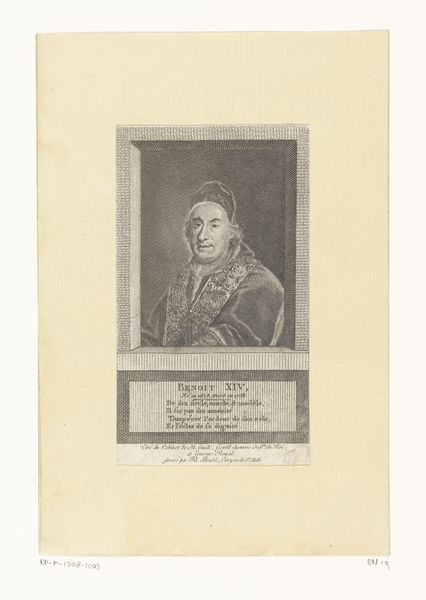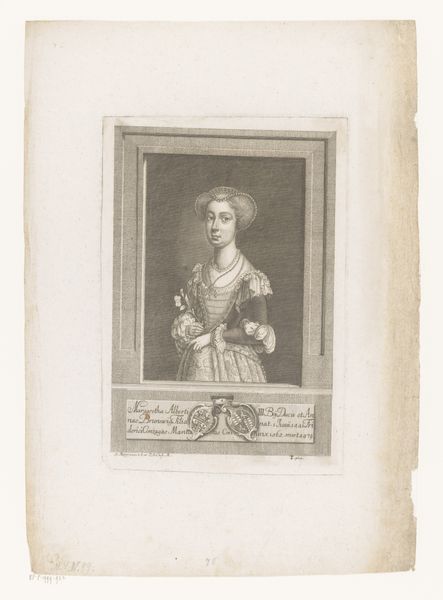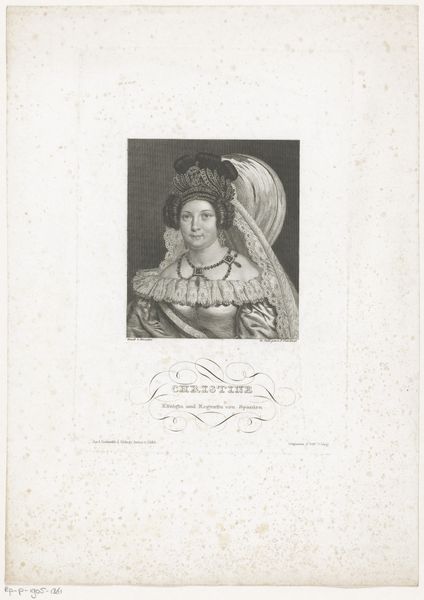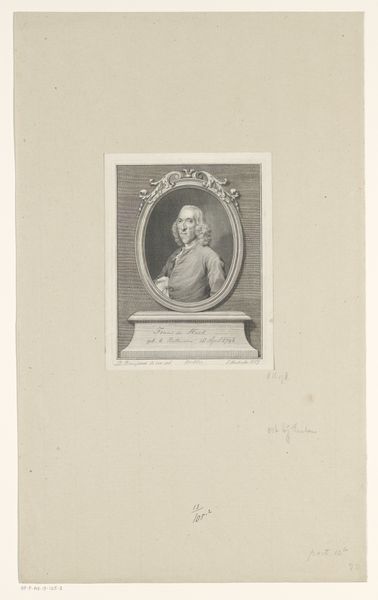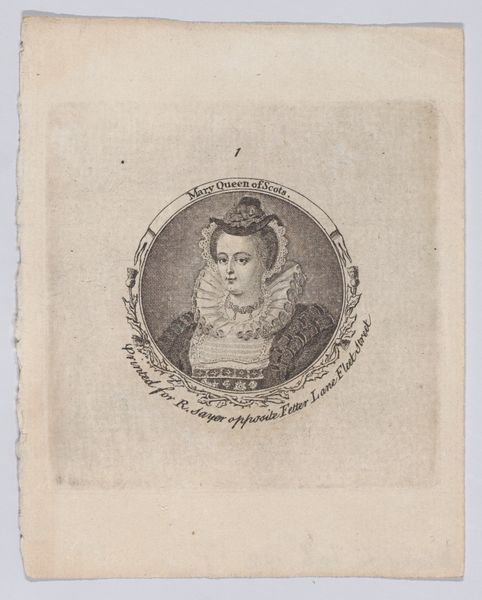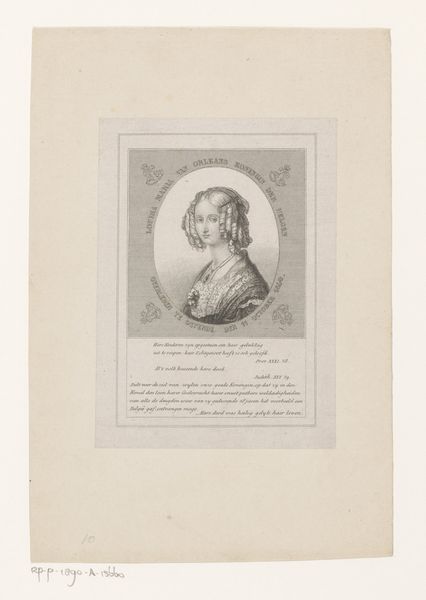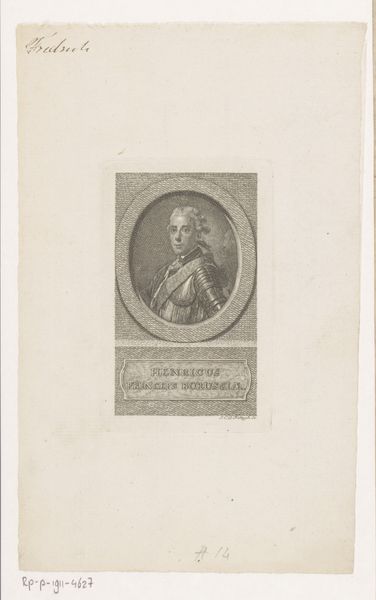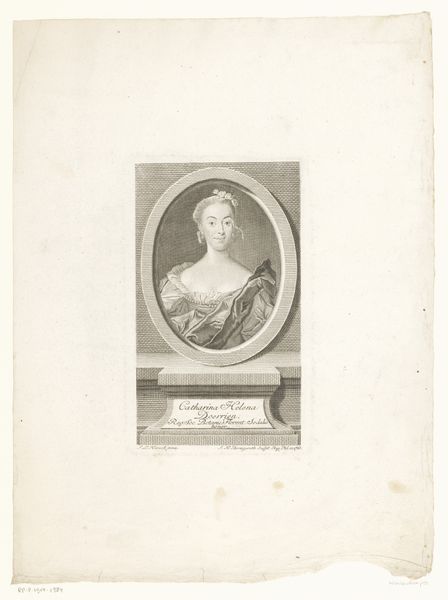
print, engraving
#
portrait
# print
#
old engraving style
#
11_renaissance
#
history-painting
#
northern-renaissance
#
engraving
Dimensions: height 142 mm, width 89 mm
Copyright: Rijks Museum: Open Domain
Pierre Chenu made this portrait of Elizabeth I, Queen of England, in the 18th century using engraving. The choice of engraving is significant. It's a printmaking technique that allows for the reproduction of images, making them more accessible than unique painted portraits. This speaks to a shift in the consumption of images, reflecting the rise of a broader public interested in art and history. The fine lines and delicate details achieved through engraving lend the portrait a sense of refinement and precision. Engraving, while demanding skill, involves a degree of mechanization, hinting at the early stages of industrialization. Consider the labor involved: the artist meticulously incising lines into a metal plate, then the printing process itself. This contrasts sharply with the opulence of Elizabeth's attire, a potent symbol of wealth and power acquired through trade and colonial expansion. Ultimately, understanding this print requires acknowledging the complex interplay of materials, processes, and social context, bridging the gap between fine art and the broader world of making.
Comments
No comments
Be the first to comment and join the conversation on the ultimate creative platform.
